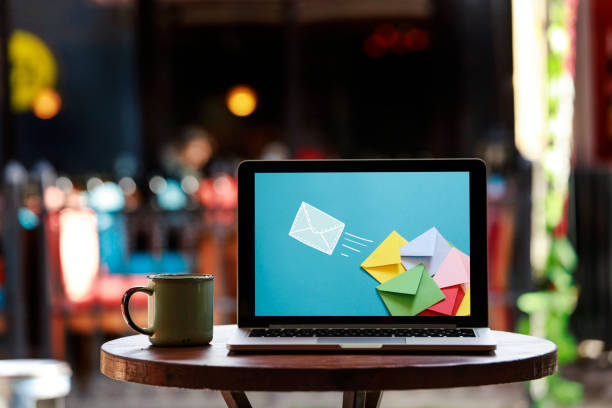Email is a basic internet feature that enables users to send messages to one another. It’s that simple, yet it holds tremendous power. Marketers use email for outreach campaigns, retaining customers, or increasing brand awareness. However, hackers also use email to promote scams, trick you into downloading harmful files or clicking on malicious links.
As a marketer, you should know that hackers look at emails, too. Maybe even more than you. Every campaign holds risk, and you need to know how to secure your customers’ data. Here are some tips on how you can do it.

Strengthen your accounts
You need to guard against unauthorized access. Only select people should be able to log in and meddle with your entire email list. That’s where access management comes in. You start by enabling multi-factor authentication. That way, bad actors won’t be able to log in without the extra code. Next come session timeouts. Set the account to log out users after a set period of time. Of course, excellent password practices and regular password changes are a must.
Use a good email service provider
A reputable service provider is the main thing that helps secure your customers’ data. It helps you monitor spam complaints, reputation, and deliverability. Before you do anything, conduct a bit of research on an email service provider that meets your needs. Make sure it has features like data access requests, privacy policies, unsubscribe links, and double opt-in.
Check the laws
When doing business on a global scale, it is crucial to know the relevant laws and regulations, at least to some extent. For data protection, you need to know about the CCPA (California Consumer Privacy Act) for the United States, the GDPR (General Data Protection Regulation) for countries in the European Union, and the CASL (Canadian Anti-Spam Legislation). You must abide by these laws to enter the respective markets.
Verify your email list
Marketers often prioritize quantity when building email lists. But bigger is not always better. You’ll want to check your list regularly and remove inactive customers. That’s because hackers love exploiting inactive accounts. Then, they use them to carry out cybercrimes. You don’t want to open a customer complaint attachment and accidentally download malware.
Use an antivirus and firewall
Spam filters are good, but a combo of an antivirus and a firewall is better. The firewall is your first line of defense because it will filter our files that could have malware. The antivirus will protect you from viruses, worms, ransomware, and any other type of malware.
By default, you will get some emails in your spam folder. Usually, they get deleted automatically after a week or so. But remember to check the folder if something important landed there by mistake. Keep your phishing cap on because it may be a scam, too.
Encrypt everything
No matter what type of email you are sending, always make sure to encrypt it. By doing so, you can protect your customers and your organization. Email encryption scrambles the name of the recipient, the headline, and the content. By securing the email at the start, you’re certain that no one can meddle with the content before it arrives.
You can use a virtual private network (VPN) as an added protection. It’s mainly used to hide your IP address, but the benefits of a VPN service expand all the way to your inbox. VPNs encrypt your email traffic from your device to the VPN server. However, they don’t meddle with the content inside.
For the best results, you can install a router VPN and protect all the devices on your office network. This way, your inbox will be secured both on your laptop and mobile phone.
Use content and image control
Malware spreads through attachments. Cybercriminals love malicious links, files, and images. Yes, you read that right, images. Hackers can now plant a virus inside a picture and bypass antivirus defenses. For that reason, make sure your security system scans the content and the images of every email.
Train and educate your team
If you’re a marketer, you must always keep learning. There’s always a new tool, campaign, or trend that you can jump on. The same thing is true about cybersecurity. Hackers create new ways to steal your data, and experts try to patch it.
You and your team need to be aware of cyberattacks and how to stay on top of them. If your front door is tougher to crack than your neighbor’s, your home won’t be broken into. The same thing applies to cyber defense.
The cool thing about learning is that you can use anything you want to make it fun. Marketers are naturally creative, and you can use quizzes, checklists, manuals, and even fake phishing attempts to see what works best.
A Few Final Words
Securing customer data in email marketing is crucial to maintain trust and protect against cyber-attacks. By following the strategies mentioned above, you can significantly reduce the risk of data breaches. Remember, cybersecurity is an ongoing process. Always stay vigilant and keep learning to stay ahead of the evolving threats.


